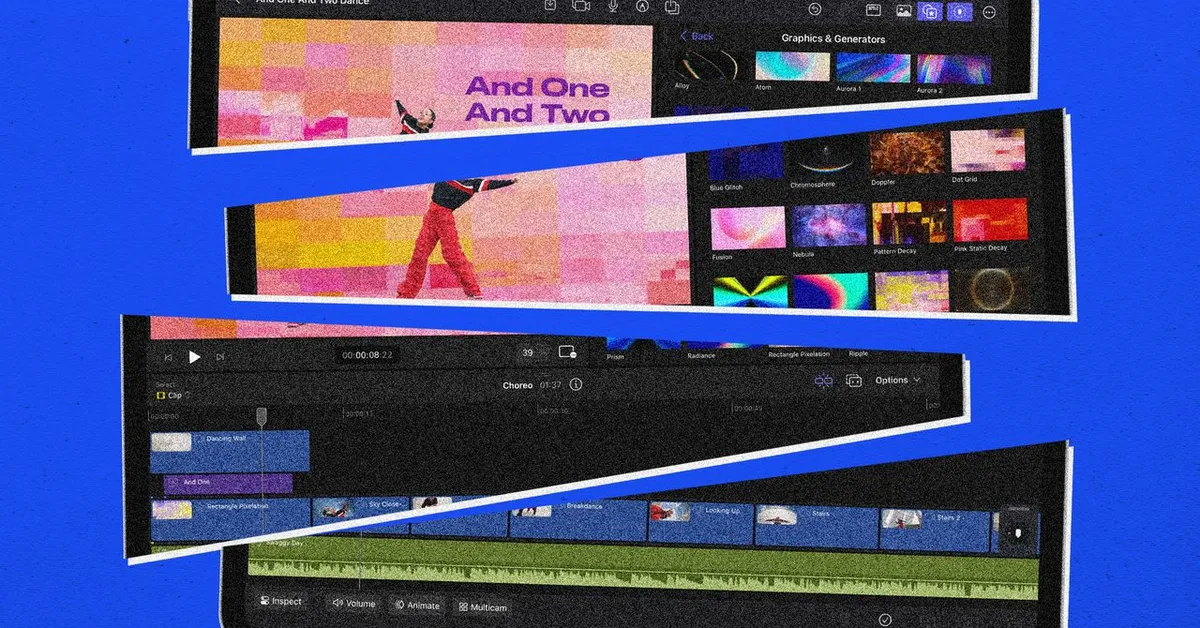
For years, Apple regarded the concept of windows on the iPad as an affront to its original vision. However, with the introduction of iPadOS 26, today’s iPads are transforming into devices reminiscent of macOS, functioning as touchscreen Macs in all but name. Surprisingly, this evolution is proving to be quite effective. But how did we arrive at this significant shift? What events led to the departure from Steve Jobs’ original vision for the iPad?
When Steve Jobs first introduced the iPad in 2010, he positioned it as a “third category” of device—bridging the gap between a smartphone and a laptop. For this category to be justified, Jobs asserted that the iPad had to excel at certain key tasks. He specifically highlighted activities such as browsing the web, managing emails, watching videos, listening to music, playing games, reading ebooks, and enjoying photos. Coincidentally, these were precisely the tasks the iPad performed exceptionally well.
During the original demonstration, Jobs showcased the iPad in a relaxed setting rather than at a desk, emphasizing its intimate nature. “Using this thing is remarkable,” he stated, noting its superiority compared to both laptops and smartphones. Holding the internet in your hands was marketed as an unparalleled experience. However, this focused approach meant that the iPad was primarily designed for media consumption, leaving users longing for more capable functionalities.
Even during the initial presentation, there were indications of the tension that would arise. Creator Steve Sprang took the stage, suggesting that the iPad could extend beyond mere consumption: “Artists have already done amazing things with the iPhone, and I think with this larger screen they’re going to have a true portable paint studio.” Apple even introduced simplified versions of its iWork office suite, optimized for touch.
While Sprang's demonstration was visually stunning, artists quickly yearned for more input options beyond just their fingers. This clashed with Jobs’ disdain for styluses, famously declaring, “If you see a stylus, they blew it.” As for iWork, users could draft documents on the iPad but often found it cumbersome to be productive solely on the device. Apple’s attempt to simplify computing ended up complicating interactions, particularly with the absence of a system-wide file manager, which meant files were trapped within apps.
Initially, the iPad experienced remarkable sales. However, as time passed, its position as a unique device began to falter. While it didn't flop, its sales trajectory plateaued and eventually declined. Apple soon realized that users were demanding more from the iPad than basic tasks and media consumption, leading to a growing frustration among consumers who desired a more versatile device.
The dilemma was that the iPad found itself caught between two established categories—smartphones and laptops—without effectively replacing either. Smartphones became essential tools, while the iPad was often viewed as a luxury item. Apple’s commitment to high-quality build meant that many users retained their iPads for years, rarely feeling the need to upgrade.
A passionate segment of users, however, yearned for a device that blended the convenience of a tablet with the functionality of a laptop. This led to the introduction of the iPad Pro, which offered more power than many users knew how to utilize. Although the iPad Pro was priced comparably to a Mac, it was still tied to an operating system primarily designed for casual tasks.
As the iPad evolved, it strayed further from Jobs’ original vision, leaving many users dissatisfied. Apple introduced features that added complexity without fully addressing user needs. The company insisted that the iPad wasn’t a laptop replacement while simultaneously releasing accessories that made it resemble one. The introduction of mouse support, powerful M1 chips, and features like Stage Manager were met with mixed reactions, highlighting a lack of clarity in the iPad's purpose.
Now, with iPadOS 26, Apple has embraced what it once resisted. The iPad has evolved into a fully functional multitasking device, complete with overlapping windows, a pointy cursor, and even a menu bar. It offers a fluid, capable experience that feels familiar yet strays from the original concept of the iPad.
Interestingly, iPadOS 26 includes a throwback mode—an option for full-screen apps that eliminates modern multitasking, harkening back to the simplicity of the original iPad. This means that the iPad now operates as two distinct devices: the simple, focused tablet conceived by Steve Jobs and the robust productivity machine that professionals have long desired.
While the iPad running iPadOS 26 retains echoes of its original design, the dream of a dedicated third category of devices, as envisioned by Jobs, is no longer intact. Back in 2010, Jobs remarked on the challenge of creating an exceptional product between a laptop and smartphone, asserting, “The bar is pretty high.” Indeed, the iPad reached that bar, but the landscape has shifted, and it has adapted to survive. Ultimately, this evolution may serve the iPad’s longevity better than sticking to its original concept.